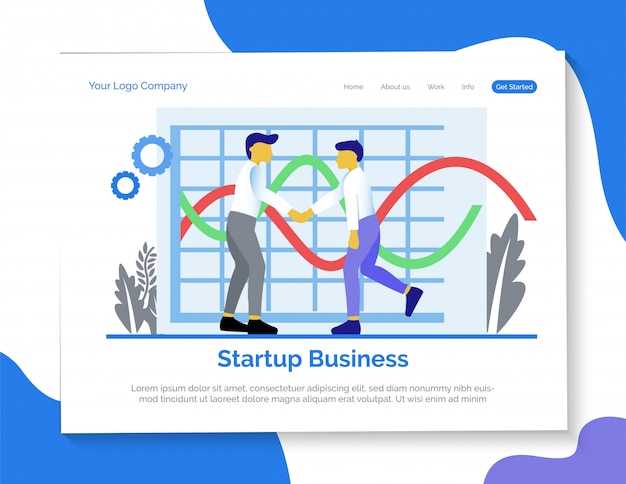
Embracing change is an inevitable aspect of running a successful company. In today’s competitive and ever-evolving business landscape, organizations must be prepared to pivot and adapt in order to stay ahead of the curve. This article explores strategies for effectively managing transitions and embracing new opportunities in the face of uncertainty.
Adapting to change requires a shift in mindset. It involves being flexible, open-minded, and willing to take risks in order to seize new opportunities. Whether it’s adapting to technological advancements, shifting consumer preferences, or changing market dynamics, successful businesses understand the importance of staying agile and responsive in the face of change. This article will provide insights on how to navigate these shifts with confidence and resilience.
Adapting to Change in Business

Embracing shifts and modifications in the corporate world is essential for staying competitive and relevant in the ever-evolving market landscape. Flexibility, resilience, and a proactive approach are key elements in successfully adjusting to changes and seizing new opportunities.
Embracing Flexibility
Flexibility is the ability to adapt quickly and effectively to changing circumstances, whether it be market trends, technological advancements, or consumer preferences. Businesses that are flexible can easily pivot their strategies, processes, and operations to align with new realities and stay ahead of the curve.
Fostering Resilience
Resilience is the capacity to bounce back from setbacks, learn from failures, and grow stronger in the face of adversity. Businesses that prioritize resilience can weather storms, overcome challenges, and emerge even more resilient and prepared to navigate future uncertainties.
- Stay informed about industry trends and market shifts
- Encourage a culture of innovation and experimentation
- Seek feedback from customers, employees, and stakeholders
- Invest in continuous learning and skills development
By embracing flexibility, fostering resilience, and staying proactive, businesses can adapt to change with agility and confidence, positioning themselves for long-term success in a dynamic and unpredictable business environment.
Strategies for Pivoting Your Business Model
Exploring different approaches to evolving your company’s structure and operations can be crucial for adapting to ever-changing market conditions and achieving sustainable growth. Here are some effective tactics to consider when redefining your business model:
- 1. Diversifying Revenue Streams: Broadening the sources of income for your business can help reduce dependence on a single market or product, increasing overall resilience.
- 2. Embracing Innovation: Staying ahead of the curve by continuously introducing new ideas and technologies can set your business apart in a competitive landscape.
- 3. Focusing on Customer Needs: Understanding and addressing the evolving needs of your target audience can guide strategic shifts that resonate with your customer base.
- 4. Collaborating with Strategic Partners: Forming strategic alliances with partners can provide access to new resources, markets, and expertise to drive positive change.
- 5. Adopting Agile Methodologies: Embracing agile practices can enable your business to respond quickly to market changes, iterate on ideas, and adapt to feedback efficiently.
By implementing these strategies, businesses can better position themselves to navigate shifts in the market landscape and maintain a competitive edge in today’s dynamic business environment. Adaptation is key to long-term success!
Tips for Successfully Maneuvering Business Transitions
Transitioning your organization through changes can be a challenging and complex process. It requires strategic planning, effective communication, and the ability to adapt to new circumstances. Here are some key strategies to help you navigate business transitions smoothly and successfully.
First and foremost, it is essential to have a clear understanding of the reasons behind the transition. Define your goals and objectives, and communicate them clearly to all stakeholders. This will help bring everyone on board and align them towards a common vision.
Next, develop a detailed transition plan that outlines the specific steps and actions required to implement the changes. Assign responsibilities to individuals or teams, set timelines, and monitor progress regularly to ensure the transition stays on track.
Communication is key during times of transition. Keep all stakeholders informed and engaged throughout the process. Be transparent about the changes being made, listen to concerns, and address any questions or feedback promptly.
As you navigate through the transition, be prepared to adapt and make adjustments as needed. Stay agile and open-minded, and be willing to pivot your strategy if unforeseen challenges arise. Flexibility is crucial in successfully navigating business transitions.
Finally, don’t forget to celebrate milestones and achievements along the way. Recognize and reward the hard work and efforts of your team, and acknowledge the progress made towards your transition goals. Positive reinforcement can help boost morale and motivation during times of change.




Recent Comments